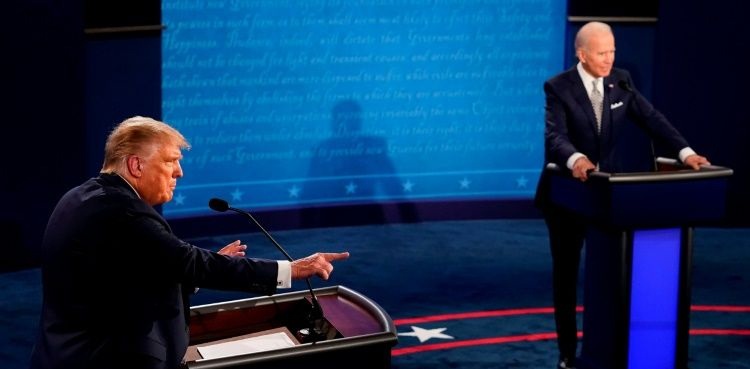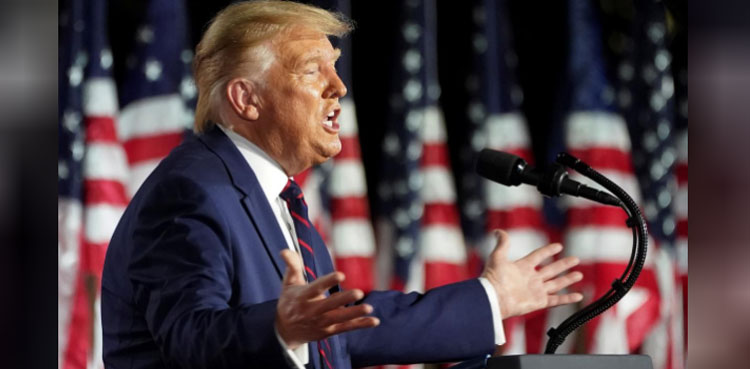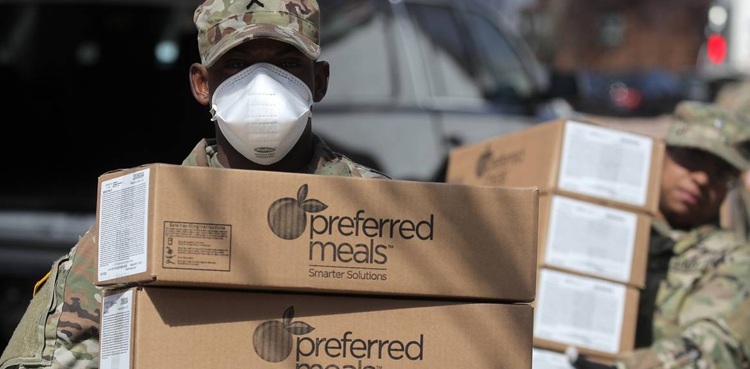
US President Donald Trump and his Democratic challenger Joe Biden clashed on Tuesday in their first televised debate, trading accusations over voter fraud, the economy and the coronavirus pandemic.
AFP examines what the candidates said on the key issues.
Risk of mail-in voting fraud
Trump falsely said that mail-in voting will lead to “fraud like you’ve never seen,” while Biden accurately stated that, “No one has established at all that there is fraud related to mail-in ballots.”
In May, Ellen Weintraub of the US Federal Election Commission (FEC) tweeted that, “There’s simply no basis for the conspiracy theory that voting by mail causes fraud.” The remark was part of a 66-tweet thread on the topic that provided exhaustive supporting evidence.
In September, FBI Director Christopher Wray testified at a Senate national security hearing: “We take all election-related threats seriously… we have not seen, historically, any kind of coordinated national voter fraud effort in a major election, whether it’s by mail or otherwise.”
Election expert Max Feldman, counsel in the Voting Rights and Elections Program at the Brennan Center for Justice, told AFP: “Voting by mail has been a secure part of our election system for many years.”
Additionally, a Brennan Center analysis and the Voting Rights Project, a 2012 investigation of nationwide election security, said that while absentee ballots are more susceptible to fraud than in-person voting, fraud rates are infinitesimal.
“It is… more likely for an American to be struck by lightning than to commit mail voting fraud,” the Brennan Center analysis said.

Trump’s economic record
Trump said that his administration “built the greatest economy in history,” a statement he has repeatedly made since entering the White House. This is misleading.
The president’s record on the economy has been diminished by the devastating fallout of the coronavirus pandemic. Polls, however, tend to remain positive for him when voters are asked who they trust more to create jobs and economic growth.
This stems from Trump’s career as a businessman, a tax cut he signed as president and a hitherto strong stock market, which — on paper at least — boosts retirement savings. But Trump’s messaging on the economy is prone to exaggeration and hyperbole.
Gross domestic product (GDP) and job numbers are the main measures of US economic health.
In Trump’s favor, unemployment hit a 50-year low of 3.5 percent in December 2019. In January this year, however, the Labor Department issued an update that was less positive. It showed job growth slowed significantly in the first three years of Trump’s presidency.
Some 6.5 million jobs were added between 2017 and 2019 — 2.11 mn, 2.31 mn (in 2018, Trump’s best year) and 2.10 mn. This compared to more than eight million jobs — 3.00 mn, 2.72mn and 2.35 mn — in the three prior years, under Barack Obama.
The pandemic has upended the job market.
Unemployment peaked at 14.7 percent in April — almost seven million Americans filed for government help in one week of March alone. Millions of those lost jobs have since returned. In August 2020, the unemployment rate was 8.4 percent.
The best year of Trump’s presidency saw a three-percent rise in GDP in 2018, compared to 3.1 percent in 2015 under Obama. As recently as 2004 and 2005, under president George W. Bush, the economy grew 3.8 percent and 3.5 percent, respectively. None of these three presidents have run close to reaching a historic high; the 1950s and 1960s saw years when growth was more than five percent annually.
US stocks reached historic highs under Trump. The index peaked on February 12, 2020, at 29,551.42 points. But as business confidence plunged because of the coronavirus pandemic the Dow Jones cratered and closed at 19,173.98 on March 20, ending the index’s worst week since 2008.
Much of that lost ground has been recovered. On September 29, the Dow closed at 27,452.66.
Obama inherited a market in the depths of the global financial crisis. When he left office in 2017 the Dow Jones had more than doubled, registering cumulative growth of 148.3 percent.
In the 44 months of Trump’s first term the Dow Jones has grown 38.5 percent.

Trump’s coronavirus response
Biden accused Trump of concealing the danger of the coronavirus. This is true.
Trump told investigative journalist Bob Woodward in a February 7, 2020 phone call that the virus is “deadly stuff” and is “more deadly than… even your strenuous flus.”
“You just breathe the air — that’s how it’s passed,” Trump said in the recording, which Woodward released earlier this month.
Although Trump knew the virus was dangerous, he did not reflect that in his public remarks, instead repeatedly downplaying the risks it posed.
On February 27, Trump had said the risk the virus posed to the American people was “very low” and that the number of cases “is going to be down to close to zero” within days, during one of his daily briefings on the virus. He then compared it to the common flu on March 9.
Trump told Woodward on March 19 that “I wanted to always play it down,” adding: “I still like playing it down, because I don’t want to create a panic.”
The post Fact Check: The first US presidential debate appeared first on ARY NEWS.
Comments